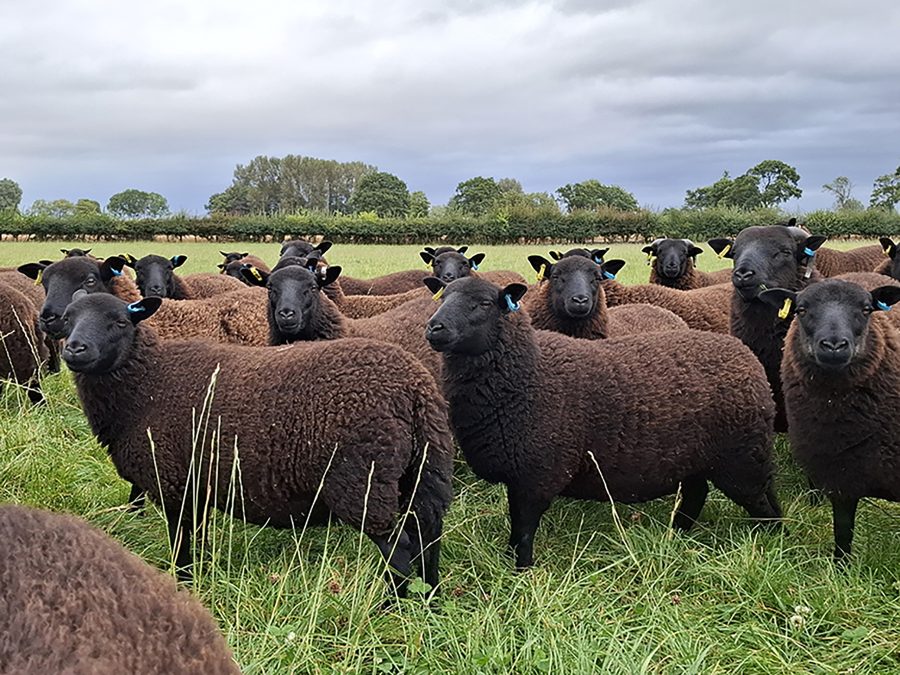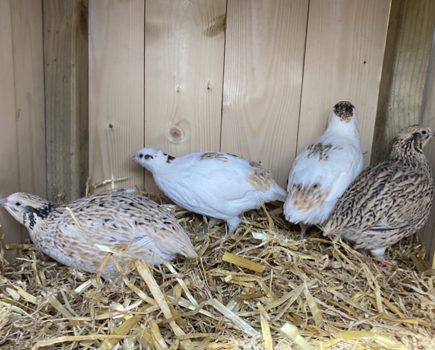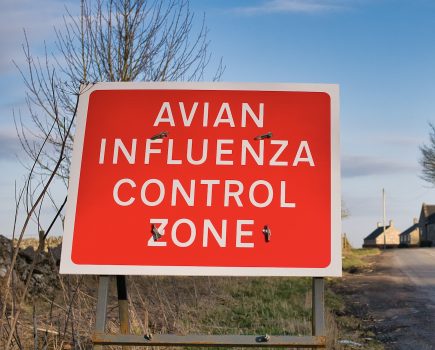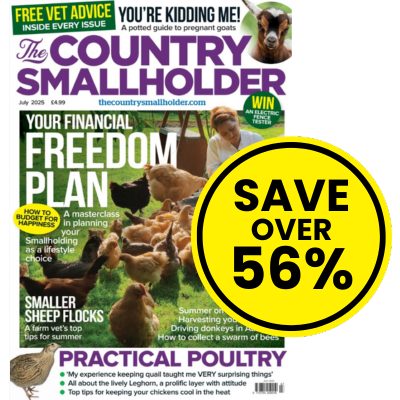Vet, Catriona Benson, looks at what you can do to make sure introducing new livestock does not bring health issues to existing animals or birds.
Adding to your collection of livestock is exciting! New arrivals can offer numerous benefits. Whether it’s the perfect ram to sire next year’s lambs, fresh genetics for your pig herd, or diversifying into a new breed – there are lots of reasons why you may want to go animal shopping!
However, be aware that your new acquisitions may bring with them more than you bargained for. Bringing new animals onto your smallholding is one of the easiest ways to introduce new diseases too.
HIDDEN DISEASES & CARRIER ANIMALS
We’re all smart enough to avoid bringing home an animal that’s obviously ill. If your prospective purchase is limping, coughing or skinny, it’s clear that this is not a good investment! The hidden danger comes from ‘carrier’ animals. Many infectious diseases can be silently harboured by animals that show no outward signs of illness. These carriers may continuously shed pathogens, putting your entire herd or flock at risk. Common examples include CAE in goats, mycoplasma infections in pigs and chickens, and Johne’s disease in cows, sheep, and goats.
These are all serious conditions that you’ll want to keep far away from your livestock. We also need to bear in mind that all diseases have an incubation period. This is the delay between an animal becoming infected, and the time when it actually starts to show symptoms. During the incubation period, you usually cannot tell whether an animal is infected just by examining it. Incubation periods are very variable: two weeks for footrot in sheep, two years for Johne’s disease! What this means in practice is that we cannot be sure that any animal is disease free just from examining it. It may be either incubating an infection, or be a silent carrier. Either of these can introduce new diseases to your existing livestock.
CLOSED FLOCKS
The only foolproof way to avoid introducing infected animals is to stop purchasing livestock altogether. This is why some farmers choose to run a ‘closed’ flock, meaning they strictly avoid buying new females. Instead, they rely on homebred replacements when expanding or replacing older animals.
Running a closed flock will greatly reduce your chances of introducing new infectious diseases, and is something we always recommend smallholders should consider, right from the start. Select good animals for your starter flock, so that you have a basis of good genetics to select future breeding animals from, without having to look elsewhere.
SHOP WITH CARE
Even in a closed flock, there will be occasions where we do need to bring some new animals in. To prevent inbreeding, male animals will need to be replaced every year or two. Or, after a number of years, you may decide that you need to introduce some new genetics. Take some sensible precautions, to minimise disease risks.
This article extract was taken from the May 2025 edition of The Country Smallholder. To read the article in full, you can buy the issue here.








